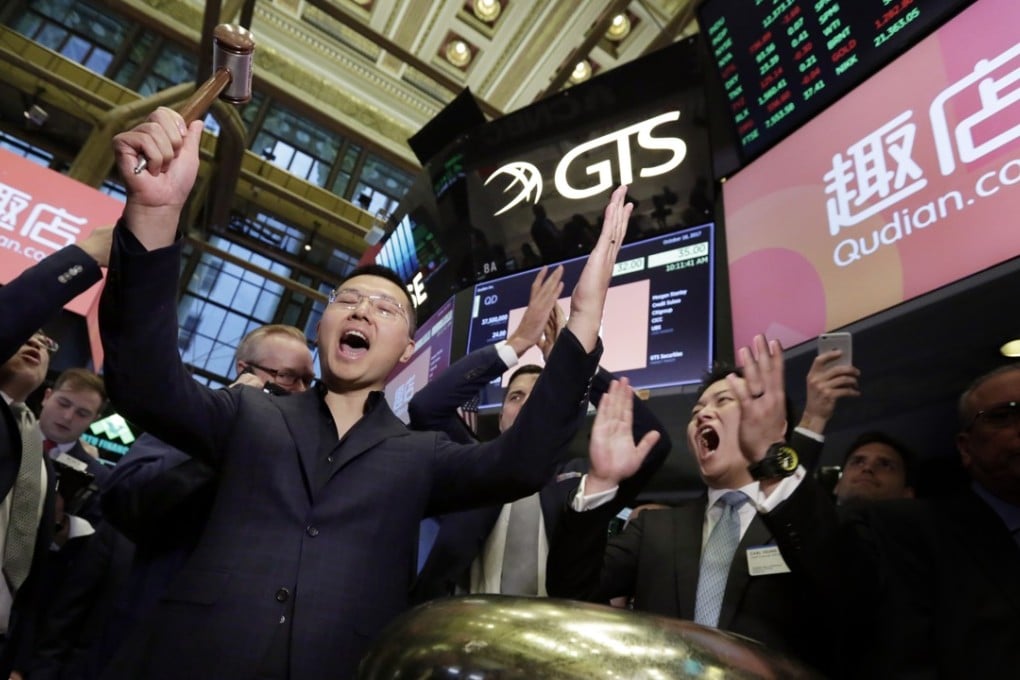Macroscope | Why China’s online lending crisis makes liberalisation of bank interest rates more urgent
- Joe Zhang says as many of China’s online lenders fold, a key question is whether they should continue to exist alongside banks subject to interest rate controls
- There is also a compelling case for regional Chinese banks to rejuvenate themselves by acquiring online lenders

There is huge diversity in this fintech field: while most players are online lenders, some are data analysts, risk control specialists, delinquency workout firms and collection agents using artificial intelligence. Even among the online lenders, some use peer-to-peer funding and others rely on corporate and institutional funding.
In just five to six years, fintech has surged to levels over US$200 billion in terms of total assets. This has been thanks to the proliferation of smartphones, the country’s convenient payments infrastructure, and, more importantly, the quiet encouragement of the regulators until late last year. Well over a 100 million people have been drawn in as either funders or borrowers, or both.
A large number of regulated financial institutions and state-owned enterprises have been involved in this huge movement. Of the 2,000-odd P2P lending platforms, about 100 are controlled by state-owned enterprises. In fact, many such entities came into being with government officials as the cheerleaders.

